Why sustainable housing? Because it is sustainable, cheap, environmentally friendly, and easy to get started with one. What is sustainable housing? It is a form of construction that is humane and ethical, profitable, and environmentally friendly.
The key to sustainable housing is the concept of “green building,” which is designed to achieve great performance in five principal areas: people, planet, profit, process, and place.
Everyone wants to live in a nice and comfortable house. The truth is that most people have no idea what makes a good sustainable and green house design. We aim to provide solutions for these concerned people.
Short- and long-term trends in the housing market point to an increased need for sustainable housing. The world’s population is growing at a rate that has never been seen before, which is putting pressure on the housing market.
In many countries, cities are expanding at rates that are unsustainable because the areas they occupy were not built with consideration given to where their inhabitants would get their water or food.
Traditional building materials are unsustainable due to the environmental harm they cause during harvesting and transportation. Even the best materials degrade over time through use and weathering.
There are many inexpensive options, but many builders don’t know how to use them in a way that meets their customers’ needs. Up until recently, “sustainable housing” meant a building that works with as few natural resources as possible.
Nowadays, however, the term is used in reference to the design and construction of buildings that enable long-term ecological health. Sustainable housing is a comprehensive approach to developing healthy dwelling environments for people.
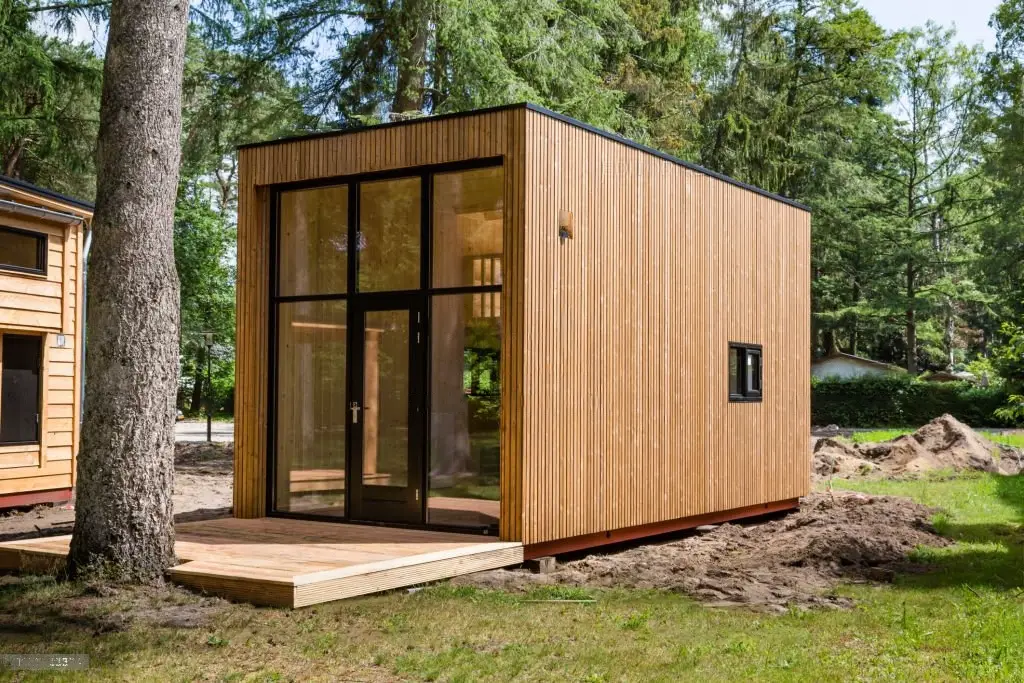
Why sustainable housing?
Sustainability has become a big buzzword in the world of architecture and design, but what does it mean to be sustainable? It means that your home will have little or no negative impact on the environment.
Sustainable housing practices are simple and cost-effective. They reduce our carbon footprint and use fewer resources while creating healthier homes for people to live in.
There are many reasons why sustainable housing matters to us all:
The environment: Sustainable housing helps protect our environment by reducing greenhouse gas emissions and pollution, conserving natural resources, and improving air quality.
Health: Sustainable housing can improve health by reducing exposure to toxins such as radon gas and lead paint. It can also help keep asthma attacks from happening because the air quality inside is better than in most homes.
And by keeping temperatures stable year-round, you’ll use less energy heating or cooling your home, which means lower utility bills! Nearly 15% of all greenhouse gas emissions come from the housing industry, making it one of the largest sources of these gases.
To put this in perspective, it’s estimated that the construction of a new home releases as much carbon dioxide as driving a car over 6,000 miles. Housing accounts for more than 75% of all energy use and up to 30% of all water consumption in most cities.
Also, the World Economic Forum says that housing is responsible for more than half of all waste made in developed countries and 80% of solid waste made in less-developed countries.
A home is a place where you can be yourself and feel safe and secure. It’s also a place where you can relax and recharge. A home is more than just four walls and a roof; it’s the foundation for your life.
Top pick
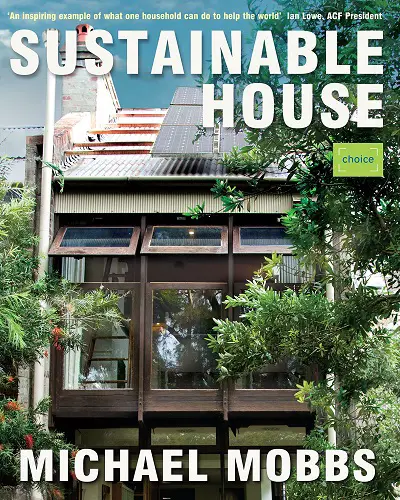
Editor’s choice

Best value

And when you think of sustainability, what comes to mind? Maybe it’s solar panels or wind turbines. Or maybe it’s recycling your garbage or composting your food scraps.
But if you ask us, sustainable housing is all about making smart choices that ensure that your home will last as long as possible while at the same time protecting the environment we all share.
Points to keep in mind
- Sustainable housing features
- Sustainable housing examples
- Sustainable housing architecture
- How much do sustainable housing cost?
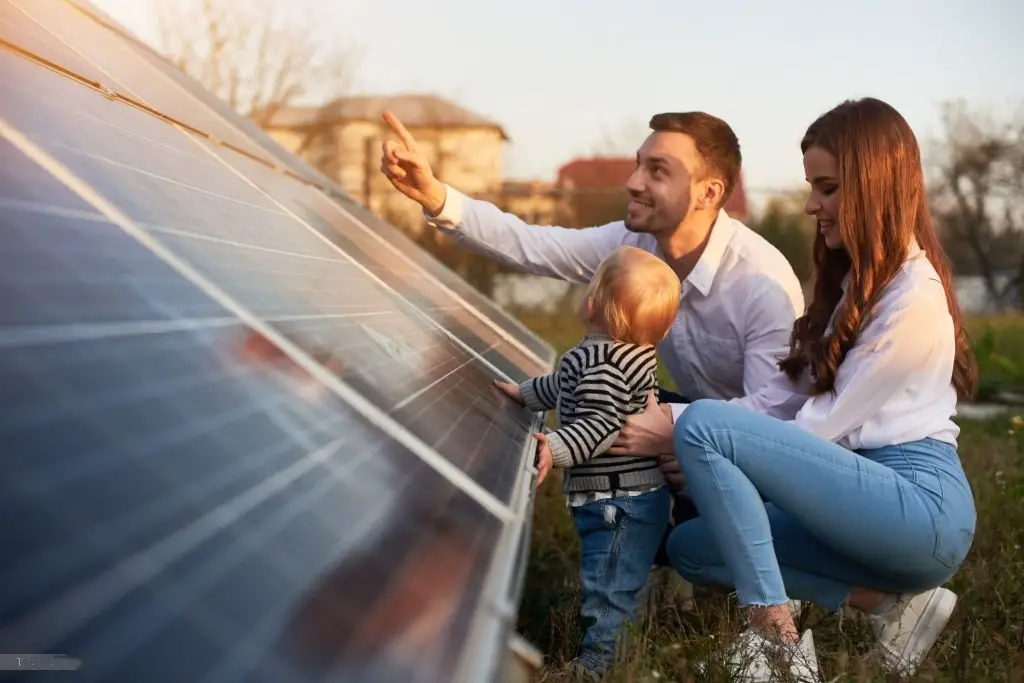
Sustainable housing features
Sustainable housing features is a term that refers to the different features that can be added to your house to make it more environmentally friendly. These features include:
Energy-efficient windows: energy- Energy efficient windows are designed to reduce energy loss through the windows. This is done by using double glazing, which reduces heat loss and increases insulation. They can also be made of low-emission materials such as wood or plastic.
Energy-efficient doors: energy- Energy efficient doors are designed to reduce energy loss through doors, which can be achieved by using double glazing or by changing the material used for the door.
For example, wood is a good insulator but can let in heat during the summer months, whereas metal would allow less heat in but would get cold in the winter.
Solar power: solar power is generated from sunlight hitting solar panels on your roof, which converts it into electricity that can be used in your home. The amount of electricity generated depends on how much sunlight hits your roof and how much you need at any given time.
A good example of this would be if you run out of battery power on your phone and need to charge it quickly with no access to an electrical outlet nearby, then you could use solar power instead until you get back home where there will be electrical outlets available.
Water-saving features: Some sustainable homes will have water-saving features installed in them, such as low-flow toilets and shower heads, so that they don’t use as much water while they are being used.
This helps conserve water so that less needs to be used per day, and it also reduces the amount of water bills that people pay each month.
Energy-efficient windows and doors: energy- Energy efficient windows and doors are made using special glazing materials that help reduce heat loss through the windows during cold months.
And it also helps keep the heat inside during warm months so that your home stays cooler in the summertime as well as warmer in the winter.
Read more articles: Tiny Homes In California
Sustainable housing examples
Green architecture seeks to reduce the negative impacts of buildings on the environment and improve people’s quality of life. These sustainable housing examples show how architects are finding ways to create homes that are both beautiful and green.
1. The World’s Tallest Solar-Powered Building
In 2015, a new skyscraper was completed in Shanghai, China. It stands at 1,073 feet tall and was designed to be as energy efficient as possible.
In fact, it’s so eco-friendly that it produces as much solar power as it uses! The building also has toilets that use less water and systems that collect rainwater, which help reduce its carbon footprint even more.
2. Passive houses make great homes
Passive houses are designed using principles of sustainability developed by Dr. Wolfgang Feist in the 1980s. They’re built with high levels of insulation.
So they require very little energy to heat or cool them—even during extreme weather conditions like those found in Germany, where they were first designed!
A passive house can use up to 90 percent less energy than other houses because it’s not heated by an external source such as natural gas or electricity. Instead, it relies on its own internal resources to maintain an ideal temperature.
Passive houses are designed to be comfortable year-round and retain heat in the winter while keeping cool in the summer. They achieve this by minimizing air leakage and maximizing insulation.
Passive house construction requires a lot more effort than building a typical house, but the payoffs are worth it.
Passive houses are much more comfortable for people because they don’t feel like they’re living in a refrigerator all winter long (or sweating like a pig all summer).
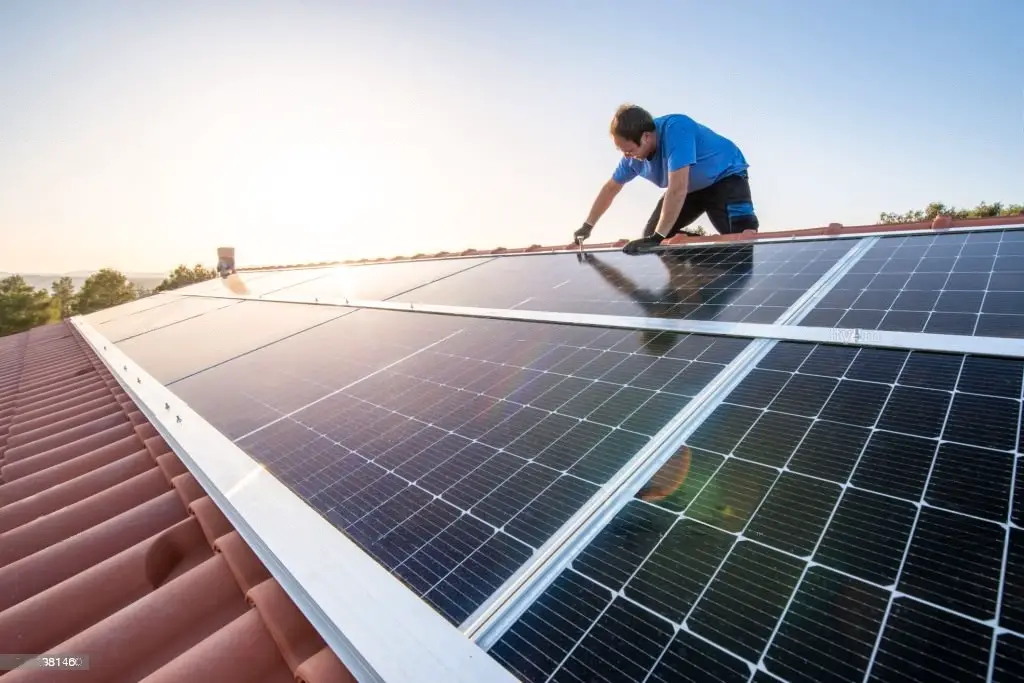
Sustainable housing architecture
The rapidly increasing cost of living has forced many people to rethink their housing options. One way to cut down on the costs of heating, cooling, and maintaining a home is to build one that can run on renewable energy sources like solar power.
Sustainable housing architecture uses architecture that minimizes the use of energy and water by incorporating natural elements into the design. Sustainable housing architecture is a concept that has been in practice for a long time, but it is only recently that it has become more mainstream.
The goal of sustainable architecture for housing is to give people a comfortable place to live while also reducing their impact on the environment.
This can be done by using energy-efficient appliances, installing solar panels and other renewable energy sources, and even building homes with green technology.
Sustainable housing Architecture can be applied to any type of home, including single-family homes, townhouses, apartments, condominiums, and more.
There are many benefits to having sustainable housing architecture in your home. First of all, most people want to live in an energy-efficient home because it means they will spend less money on utility bills each month.
Also, if you live in an area where there are extreme weather patterns like hurricanes or tornadoes, then you may not want to use traditional building materials that could cause damage if they were struck by these types of storms.
There are many different ways you can make your home more sustainable, such as using solar panels on the roof of your house or installing geothermal heating systems in an underground basement area where you can store things like food items or even grow vegetables if possible!
Sustainable architecture aims to reduce the use of non-renewable resources in buildings, improve efficiency, and minimize pollution.
Sustainable architecture uses the design process as a tool for improving energy efficiency, water efficiency, resource conservation, and ecological preservation.
Sustainable building practices are intended to reduce the use of non-renewable resources such as raw materials, water, and energy.
They seek to reduce waste and pollution over the entire lifetime of a building. The goal of sustainable building is to create a high-quality living environment while reducing environmental impacts.
Read more articles: Tiny Homes Oregon
Top pick
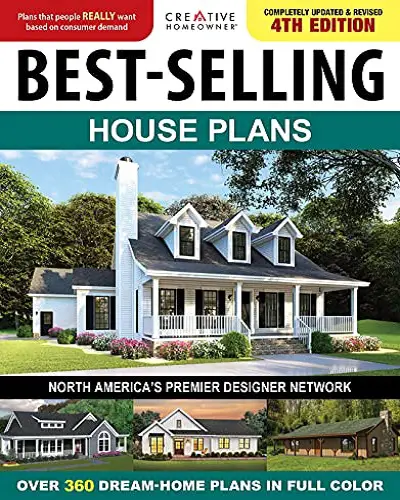
Editor’s choice
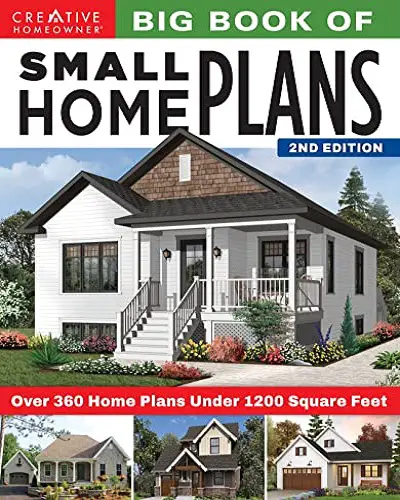
Best value

How much do sustainable housing cost?
In the United States, the median new home price in 2017 was $340,800, according to the National Association of Realtors. The median price for a single-family home was $295,600, and for a condominium, it was $247,200.
In addition to the cost of materials and labor, there are also other factors that affect the final price tag of a home.
For example, if you’re building your own house, you’ll need to factor in things like permits and licensing fees. Rates can also vary a lot based on your credit score and how much you put down.
When it comes to sustainable housing, there are many factors that can affect the cost of construction, including:
Energy efficiency
Materials
Size of home
The cost of a home is generally the biggest expense in your life. And when you’re building or buying a new home, you want to make sure it’s going to be as sustainable as possible.
But what does it mean to be sustainable? It’s not just about building a home that will lastjuit’s also about building one that uses less energy, water, and other resources. and that means it will cost more up front.
How much more? That depends on the kind of house you build and where you build it. But there are some ways to offset those extra costs, so you can get the most out of your investment in sustainability.
What does sustainable housing cost?
The average American household spends $9,000 per year on utilities—electricity, natural gas, propane, and water heating—not including rent. That’s 18% of total household expenditures, according to the U.S. Energy Information Administration (EIA).
In a report for Shelterpop, EIA analyst Jim Giattina said that increasing energy efficiency can help lower utility bills over time by reducing the amount of energy needed to power appliances and heat homes.
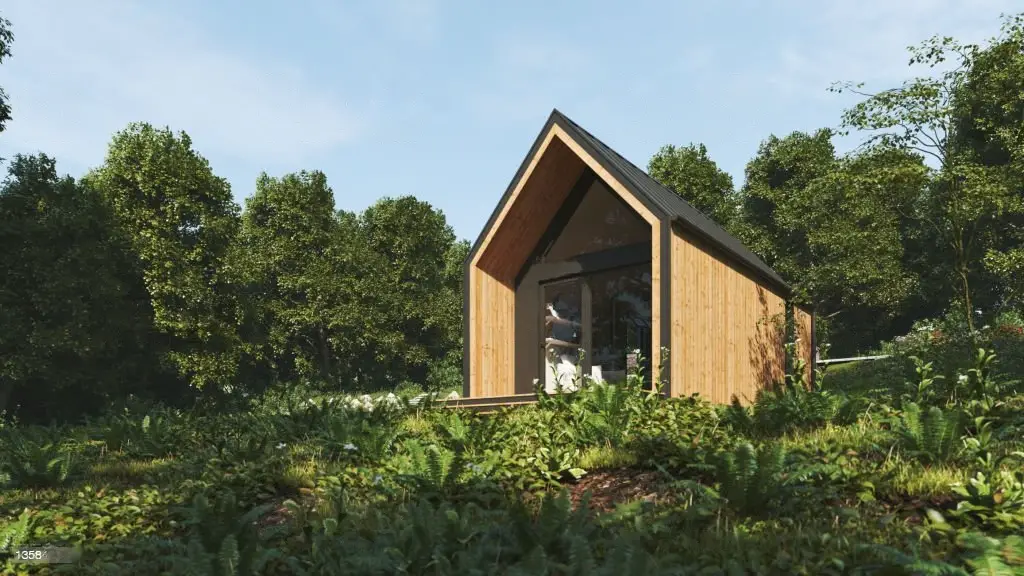
FAQ
1. Why is sustainability important in housing?
Green construction techniques greatly reduce reliance on costly, big environmental polluters, non-renewable sources. The cornerstone of green house construction is energy efficiency.
2. What makes housing sustainable?
A sustainable house should use less energy and cost less to maintain. It has to be sturdy and constructed of substances that won’t endanger you or the environment.
3. Why are sustainable homes better than traditional homes?
In any situation, creating green houses is a fantastic solution. The end product provides more water, energy, and health.
4. Why is sustainable building important?
Sustainable structures are created with the goal of minimizing their total negative effects on the environment and public health both during and after construction. The natural resources that surround the project site are preserved and protected in order to achieve this.
Top pick

Editor’s choice
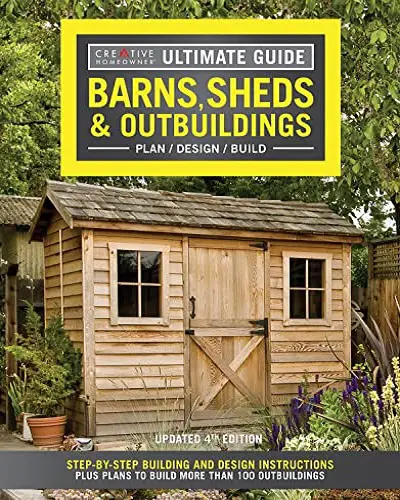
Best value

End of the line
As you can see, there are countless benefits and advantages to sustainable housing. Whether you’re a homeowner, an architect, a realtor, a builder, a contractor, or anyone involved in the housing industry, you’ll enjoy the many benefits that sustainable housing can provide.
This article aims to promote sustainable housing in the public and private sectors, both existing and new developments, as well as reduce the negative environmental impacts of housing.
While the discussion above highlights the technology, here we wanted to discuss the broader benefits of sustainable housing and how it can help change both the environment and our behavior.
Sustainable housing has set out to drastically reduce the amount of planet-damaging resources that we use in our day-to-day lives while also improving our health and well-being through high-quality living.
This development is growing quickly, with more and more homes being built in cities and suburbs around the world, but there are still a lot of questions about how these homes might affect the environment.
It is not just the construction industry but also clients and the general public who are coming forward with greater demand for energy-efficient construction.
Green building is pushing the limits of what can be done, and sustainability is essential if we want to create a more liveable environment.
Read more articles: How Much Do Tiny Homes Weigh

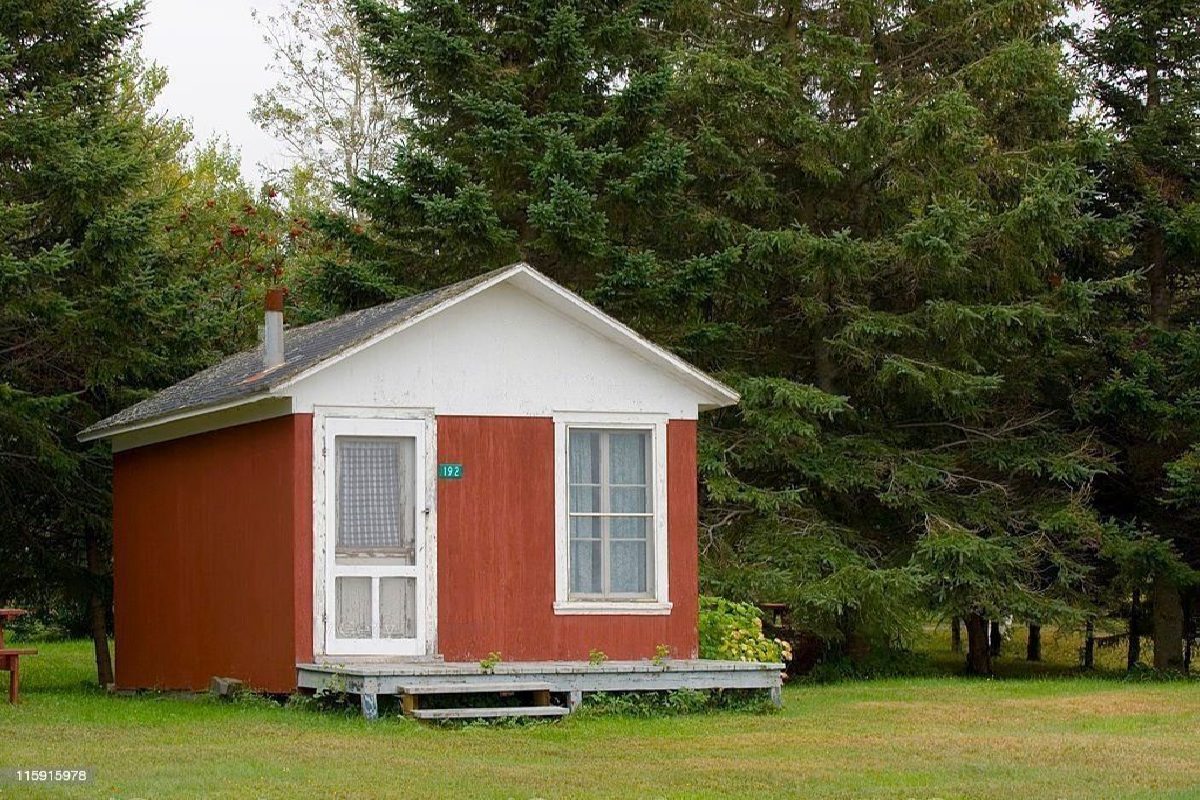
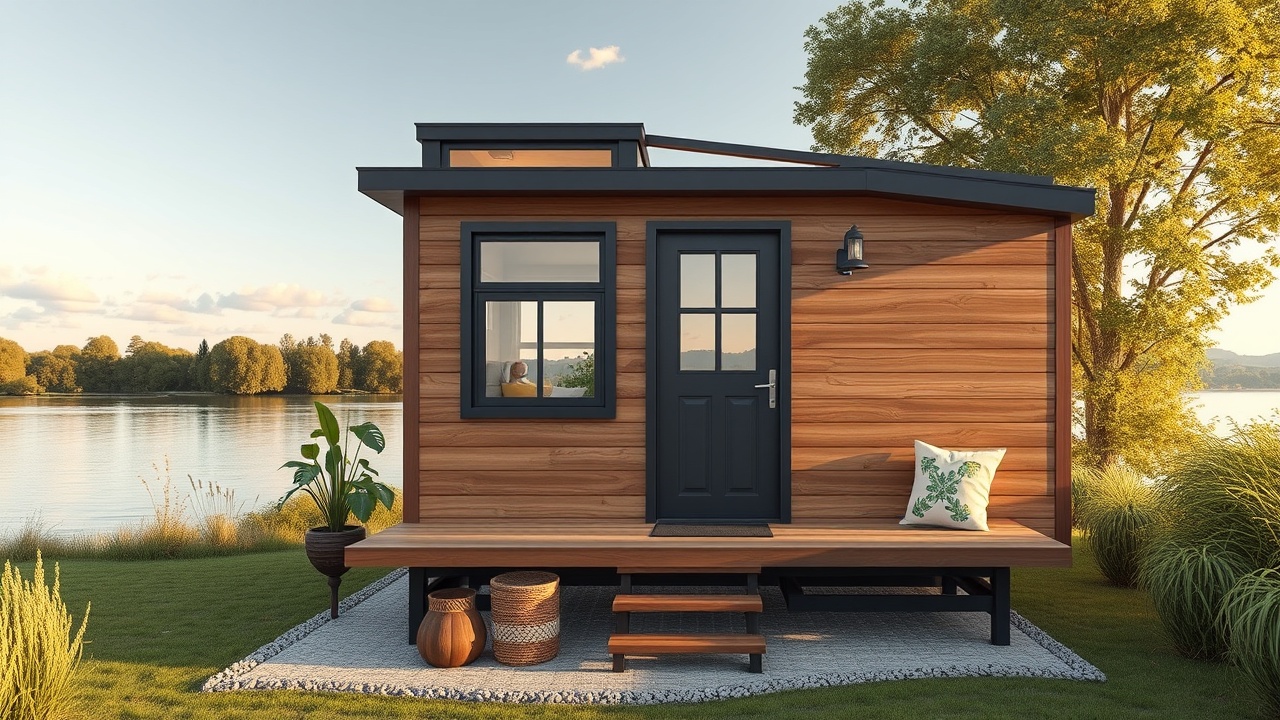
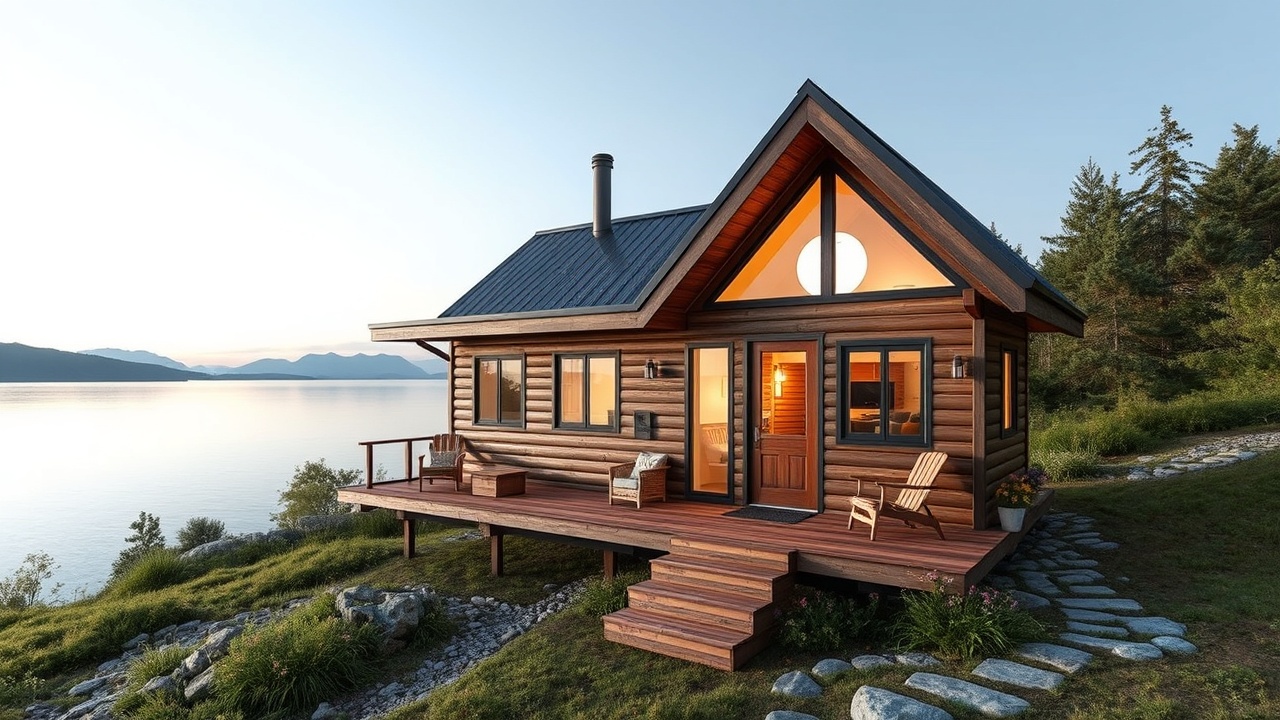
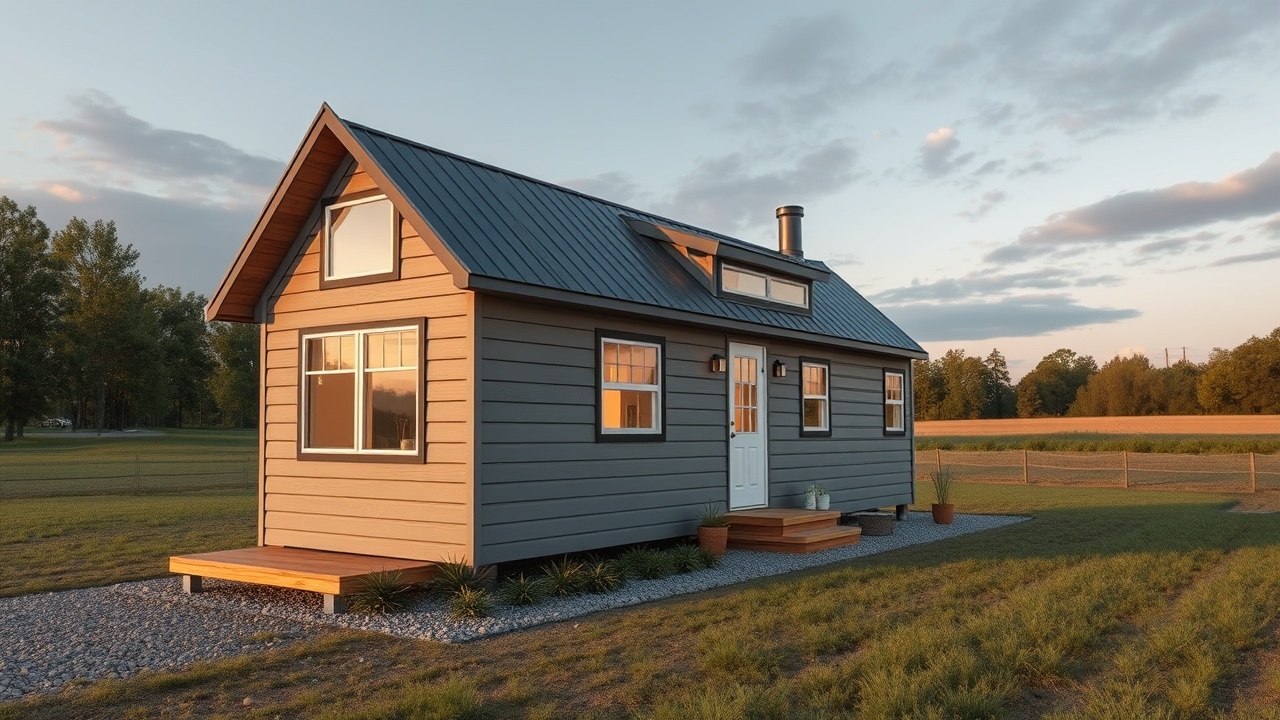
Leave a Reply